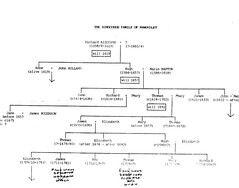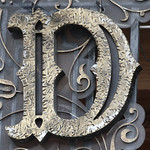An ancestor of mine Anne Jackson (I think this is her married surname) lived in an area called Garshooey. This townland in Donegal, Ireland is just over one and half square kilometres in area. In the 1911 census there were only 64 people living there of which 23 were 16 and younger. Ten years earlier, out of the 86 inhabitants, 40 were 16 years or younger. Even in 2011, there are still only 66 inhabitants in 24 households.
So why were there so few people living in Garshooey townland? Looking at the historical maps of 1840s, there was a Presbyterian Meeting House and National School House west of the little town of Garshooey, a corn kiln to the north in Garshooey Upper and a flax mill to the south in Garshooey Lower. There were lots of trees to climb, planted along the sides of the lanes in the townland. There was also a couple of mill ponds, maybe a chance for swimming or paddling on hot days. Through the centre of the townland was the main road between Londonderry (now called Derry) and Newtowncunningham.
By the 1850s, less flax and corn was being grown so there would be less cottage industry work for the women of the townland. There would also be less farm work for the men.
This may be a reason why the Jackson family resorted to theft during the 1840s, that finally resulted in transportation.

